Your Home is Talking—Here’s the Stuff to Ditch for a Quieter Life
Feeling a little overwhelmed by just… everything? Before you even think about tackling this whole article, let’s try a quick win. Seriously. Stop reading, grab a trash bag, and spend just 10 minutes finding expired stuff in your bathroom or pantry. Go! I’ll wait.
In this article
- The Real Reason We Can’t Let Go
- Your Starting Point: Clearing the No-Brainers
- The Game Plan: A Pro-Level Sorting System
- Where to Send Your Stuff: A Quick Guide
- Navigating the Tough Stuff
- The Final Layer: Releasing Negative Energy
- Keeping the Clutter from Creeping Back
- A Quick Note on When to Call for Help
- Inspirational Gallery
…Feels a little better, right? That small hit of progress is exactly what this is all about.
After years of helping people sift through the stuff in their homes, I can tell you one thing for sure: our homes talk. They’re constantly telling us stories about who we were, who we are now, and even what we’re afraid of. I’ve stood in countless living rooms and basements, and I’ve seen how the things we own can end up owning us. The real goal isn’t just about being tidy—it’s about creating a space that actually supports the life you want to live right now, not a museum for the person you used to be.
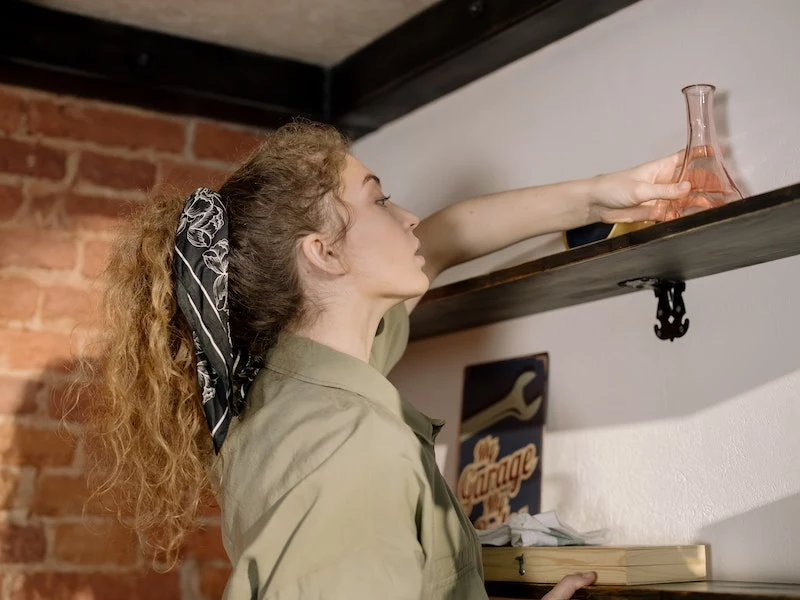
A lot of people think decluttering is just about having a neat house, and sure, that’s a nice perk. But the real magic happens on a deeper level. We’re actually reducing what the pros call ‘environmental stress.’ Every single object in your home demands something from you—it needs to be cleaned, stored, or just shuffled around. It can also trigger a memory or an emotion, good or bad. When your space is crammed with things you don’t use, love, or truly need, it creates a constant, low-level mental hum that drains your energy and focus without you even realizing it. Clearing your space is, honestly, about clearing your mind.
The Real Reason We Can’t Let Go
Look, getting rid of stuff would be a piece of cake if it were just ‘stuff.’ But it never is, is it? The reasons we cling to things are tied to some pretty deep human emotions. Recognizing these in yourself isn’t a weakness; it’s actually the key to making any real, lasting progress.
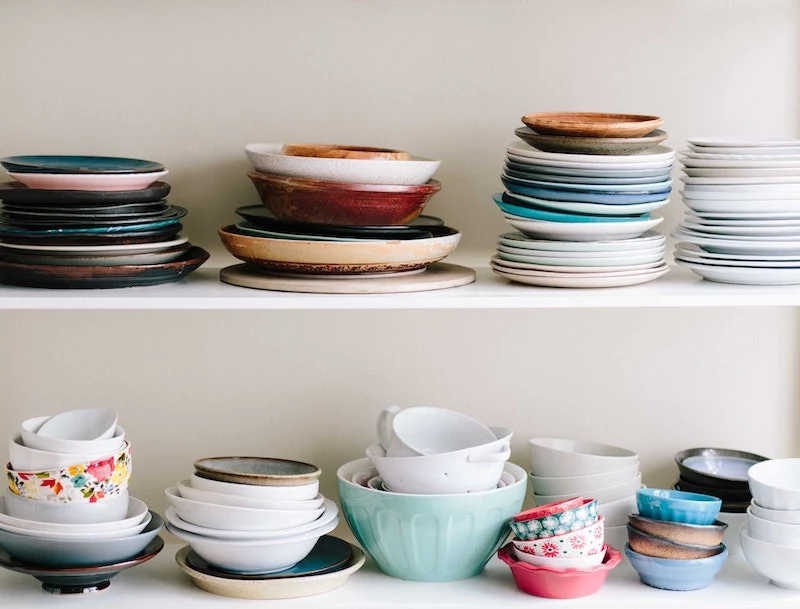
1. The Weight of What It Cost
I hear this all the time: “But I paid good money for that!” This is a classic trap. We hang on to something we don’t even use because we feel we have to justify the expense. But here’s the tough love: the money is already gone. Keeping an unused treadmill in the corner doesn’t bring the cash back. Instead, it just serves as a daily, dusty reminder of a purchase you regret. Your home isn’t a storage unit for financial oopsies. Letting it go is the final step in truly writing off that cost.
2. The Fear of ‘What If I Need It?’
“I should probably keep this, just in case.” This is pure anxiety talking. It’s what convinces us to keep a drawer full of mysterious cables, instruction manuals for appliances we tossed ages ago, and clothes that haven’t fit in a decade. We build a fortress of ‘just-in-case’ items that clutters up our ‘right-now’ reality. In my experience, for well over 95% of these items, ‘someday’ never actually arrives. And if it does? You can often borrow the item, buy it secondhand, or find a better, modern version for a small cost. The price of storing it for years—in space, peace of mind, and energy—is way higher.

By the way, what are the most common culprits? Usually, it’s these five things:
- Cords and chargers for electronics you no longer own.
- Old user manuals (pro tip: they’re all available online as PDFs now).
- That massive stash of ‘reusable’ shopping bags you always forget to bring to the store.
- Take-out menus (hello, internet).
- Mismatched food containers with missing lids.
3. The Burden of Who We ‘Should’ Be
Some objects are tangled up with our identity—or the identity we wish we had. That guitar in the corner collecting dust represents the rockstar you thought you’d be. The stack of dense philosophy books represents the intellectual you pictured yourself becoming. These things can quietly make us feel like a failure. Then there’s the guilt pile: gifts we hate but feel obligated to keep. You are not rejecting the person when you discard the gift. The gift’s job was done the moment it was given and received with love. The transaction of affection is complete; the object itself is a separate thing.
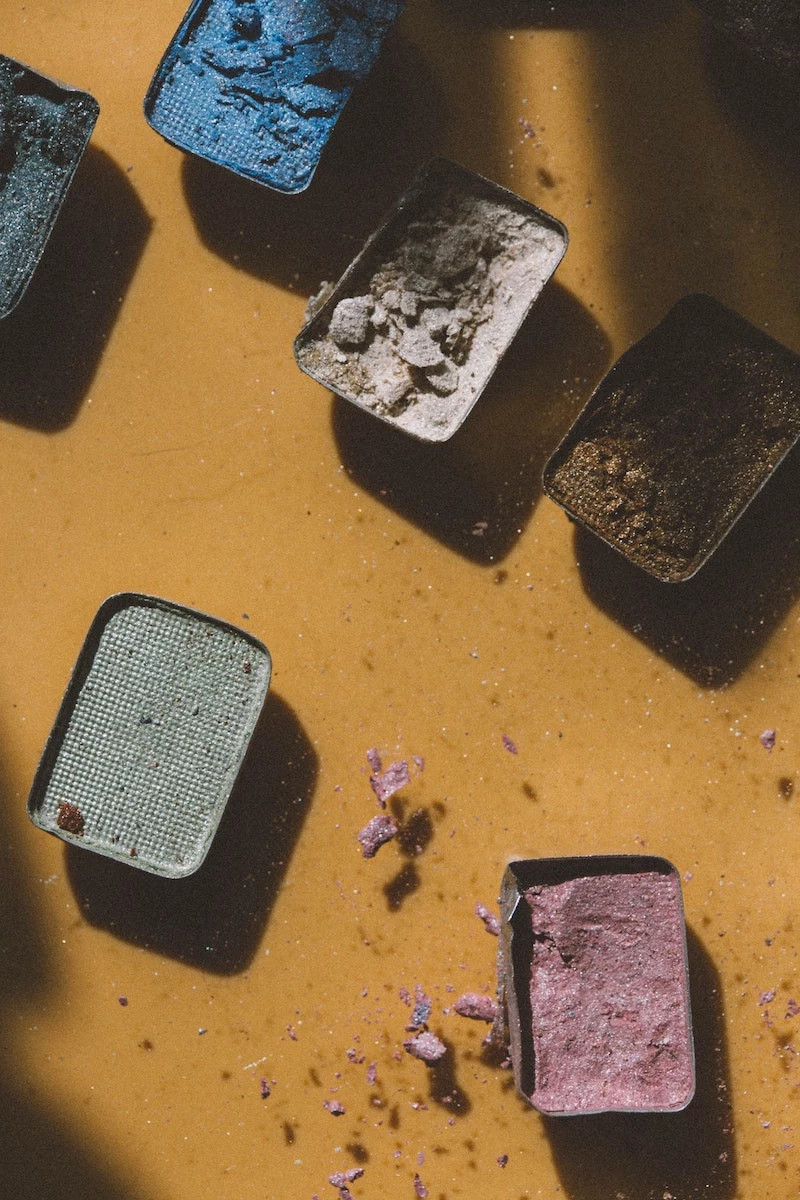
Your Starting Point: Clearing the No-Brainers
Before you get into the heavy emotional lifting, start with the easy wins. These are the items with zero redeeming value that are just taking up space. Clearing them out builds incredible momentum and gives you that instant gratification we talked about. It’s logical and requires almost no emotional energy.
Broken and Damaged Stuff
A chipped mug, a wobbly chair, a stained towel… these things have no place in a home that’s supposed to be your sanctuary. Using a broken item sends a tiny, subconscious message to yourself: that you aren’t worthy of something whole. Beyond the psychology, it’s just not practical. A cracked plate can harbor bacteria, and a wobbly piece of furniture is a safety hazard. I once worked with a family whose kid’s bookshelf was leaning precariously. They’d just gotten used to it! We replaced it—you can find a sturdy, safe one for under $75 at places like Target or IKEA, or even for free on a local Buy Nothing group—and the entire room felt more secure.
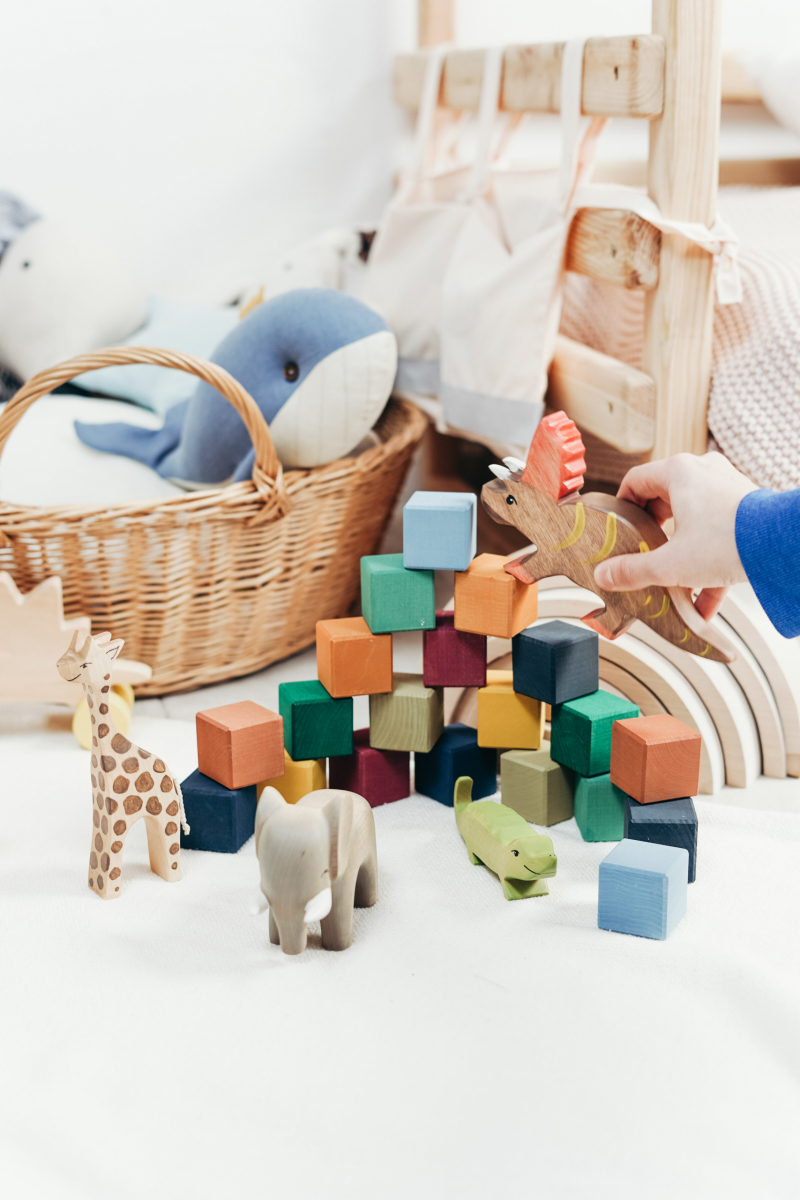
Your Task: Grab a box and walk through your home. Be ruthless. If it’s broken, chipped, or hopelessly damaged, it goes in. Don’t overthink it. You’ll be amazed at how much lighter the space feels.
Expired Consumables
This one is critical for your health. Check these spots for things that have passed their prime.
- Medications & Vitamins: Expired meds can lose their punch or even become harmful. Go through your medicine cabinet twice a year. Quick tip: Never flush them! This can contaminate waterways. Most pharmacies have take-back programs for safe disposal.
- Makeup & Skincare: Cosmetics have a shelf life for a reason. Look for a tiny symbol of an open jar with a number, like ’12M’—that means it’s good for 12 months after opening. Using old products can cause nasty infections and breakouts. No label? A good rule of thumb is to toss mascara and liquid eyeliner after 3 months, foundation and concealer after 1 year, and powders or lipsticks after 2 years. Your skin will thank you.
- Pantry Items: Go through your spices, cans, and dry goods. Old spices are just sad, flavorless dust. While most canned goods are fine past their ‘best by’ date, get rid of anything with severe dents or bulging lids immediately.
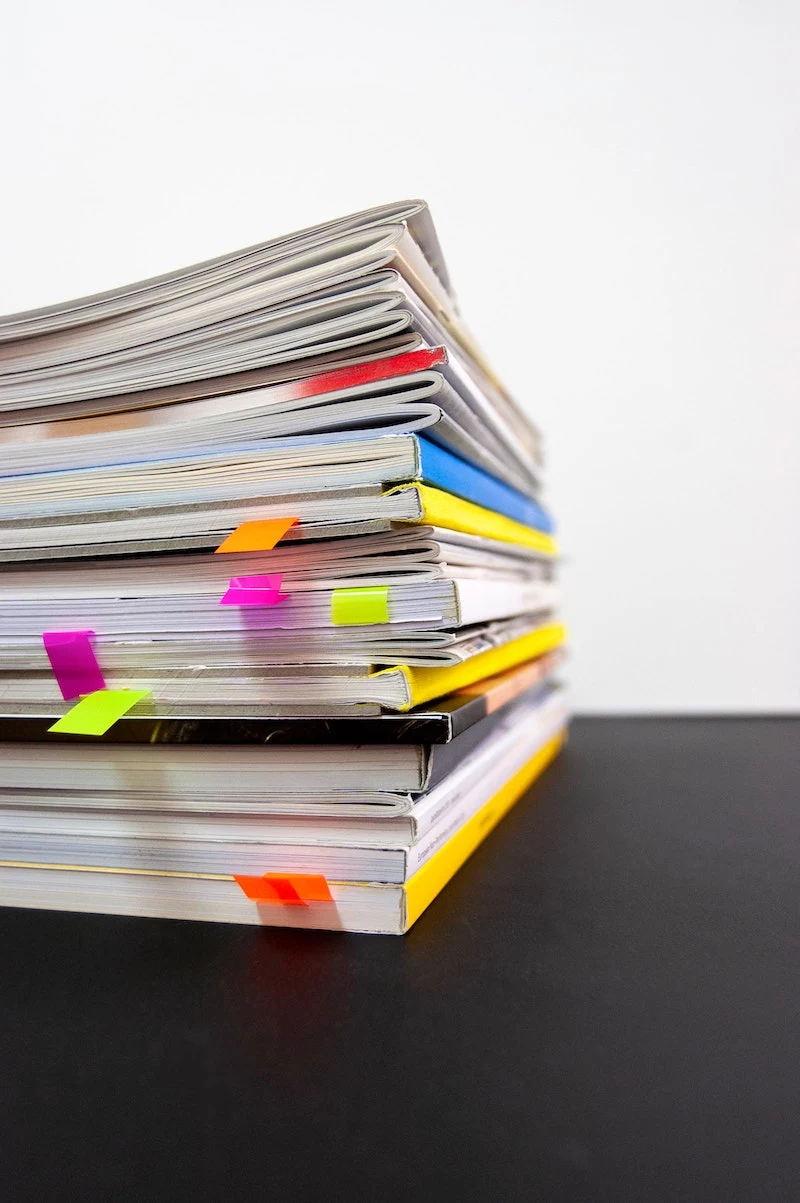
Outdated Tech and Paper
The world moves fast, and the tools and information from a few years ago are often just clutter today.
- Old Magazines & Newspapers: Unless you’re an archivist, let them go. If you saved an article, just scan it or snap a picture with your phone and recycle the rest.
- The Infamous Cord Drawer: We all have one. It’s a tangled nest of mystery cables. Take 20 minutes, dump it all out, and match every cord to a device you actually own and use. The rest is e-waste. Important: Don’t just throw this in the trash. Electronic waste has heavy metals that are terrible for the environment. Most communities have e-waste recycling days, and stores like Best Buy have collection bins right inside.
The Game Plan: A Pro-Level Sorting System
Once the obvious junk is gone, you need a system for the rest, or you’ll burn out. Trying to make a million tiny decisions is exhausting. Here’s a simple, effective method that works.
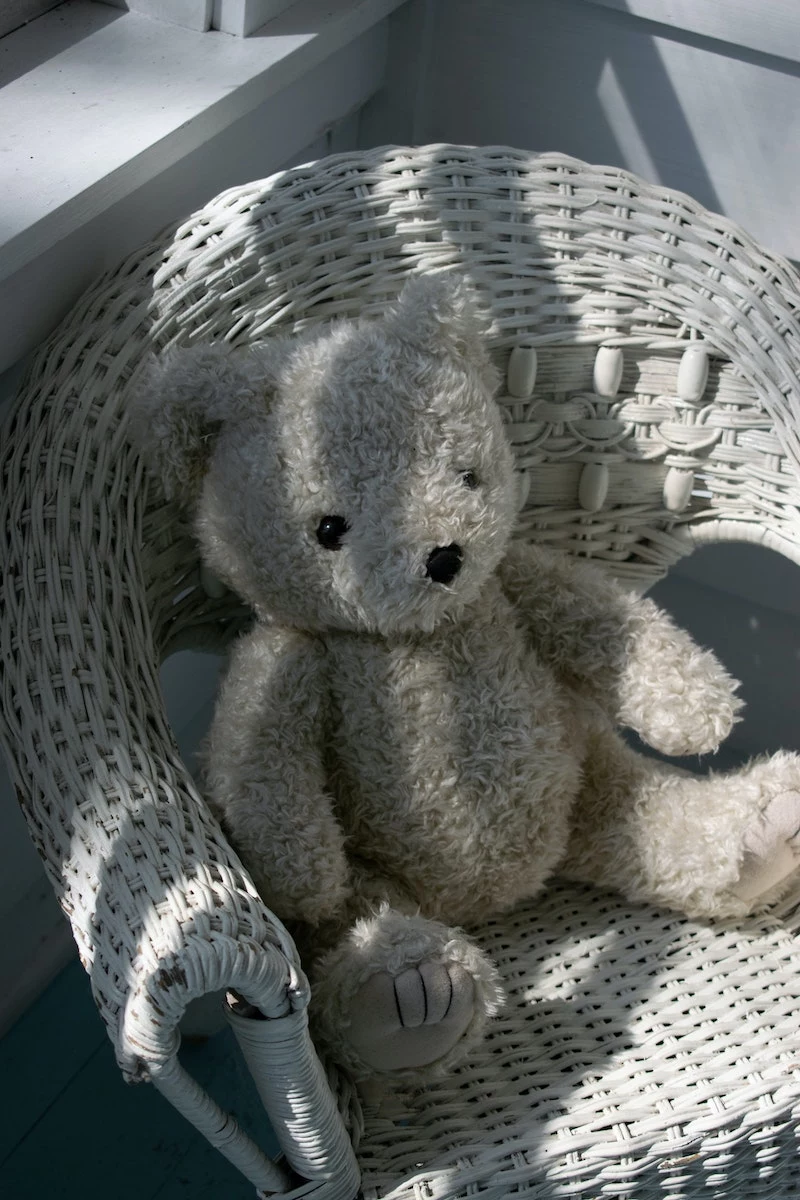
First, grab your gear. Think of it as a decluttering starter kit: four big boxes or sturdy bags, a thick marker, some gloves for dusty spots, and your favorite playlist to keep the energy up.
Label your four boxes:
- KEEP: For items you genuinely love and use regularly. This is not the ‘maybe’ box. Be honest!
- GET RID OF: For items in good shape that could help someone else. This is your donate/sell pile.
- TRASH/RECYCLE: For things that are truly done, broken, or not suitable for donation.
- RELOCATE: This one is a game-changer. It’s for stuff you’re keeping, but that’s in the wrong room. A coffee mug in the bedroom goes here to be moved to the kitchen later. This stops you from getting distracted by running all over the house.
Now, set a timer for 25 minutes. Touch every single item in one small, manageable area (like one shelf, not the whole garage). Make a quick decision and put it in one of the boxes. If you’re truly stuck, put it in a fifth box: the ‘Decide Later’ box.
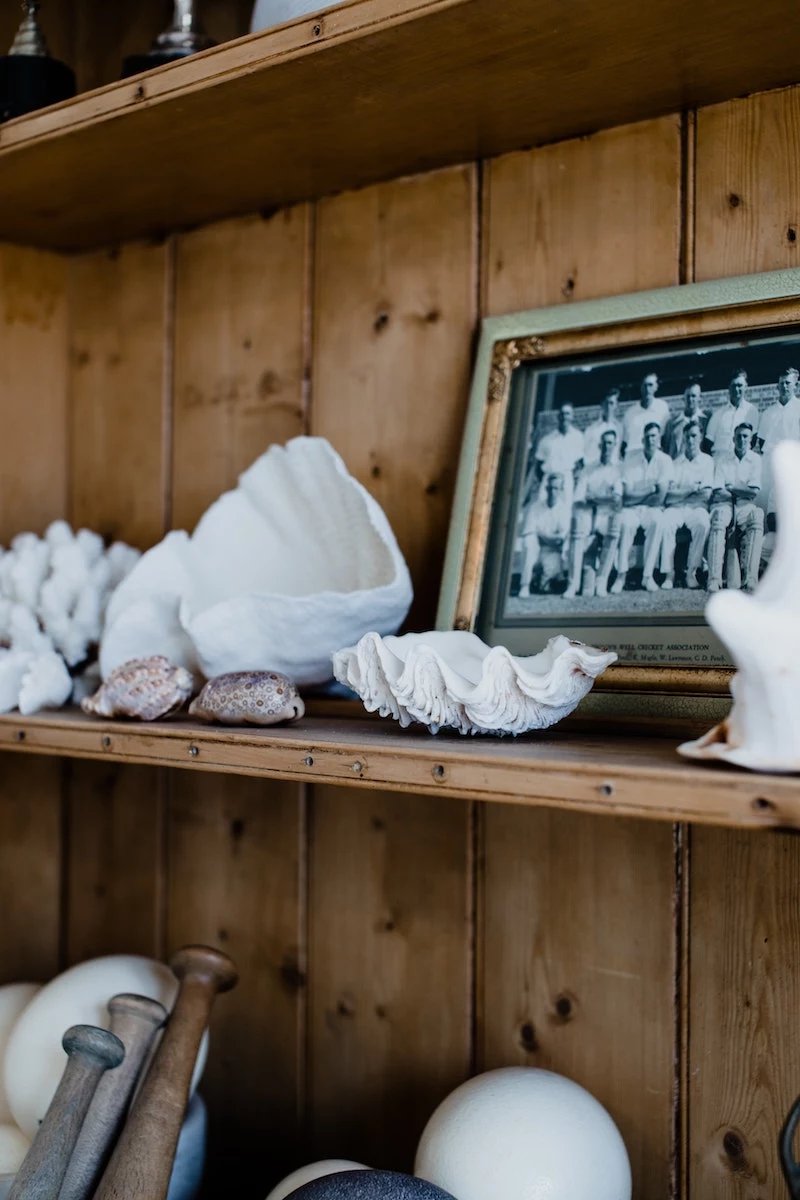
When the timer goes off, stop. Take out the trash, put the ‘Get Rid Of’ box in your car, and put away the ‘Relocate’ items. Then… take a break!
Oh, and about that ‘Decide Later’ box? That’s where good intentions go to die. So here’s the trick: Seal it up and write today’s date on it, plus a date one month from now. If you haven’t needed or even thought about anything in that box by that future date, you have your answer. Don’t open it. Don’t second-guess. Just take the entire box straight to the donation center. Let your future self make the easy decision for you.
Where to Send Your Stuff: A Quick Guide
Okay, so you’ve filled your ‘Get Rid Of’ box. Now what? Knowing where to send things makes the process so much easier.
- Brand-Name Clothes: For clothes that are still in style and good condition, try an online service like Poshmark or ThredUP. They have a huge audience looking for exactly that, and they make the shipping process pretty simple.
- Furniture & Bulky Items: Facebook Marketplace is your best friend here. It’s all about local pickup, so you don’t have to wrestle with the nightmare of trying to ship a dresser. It’s fast and effective.
- Books: See if you have a ‘Little Free Library’ in your neighborhood or check if your local public library, women’s shelter, or school accepts donations. It’s an easy way to give your books a second life.
- Everything Else: For a mix of household goods, you can’t go wrong with a classic drop-off at Goodwill or a local thrift store that supports a cause you care about.
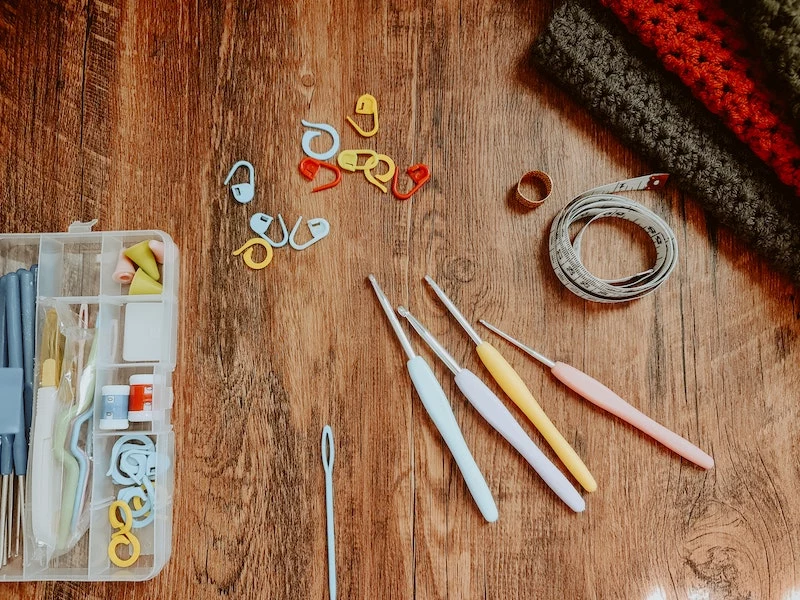
This is where the real work happens. These categories are hard because they’re tangled up in our hearts and heads. Be patient with yourself here.
Books: The Weight of Who We Were
Books aren’t just paper; they represent our dreams, our knowledge, our past. Letting them go can feel like you’re giving up a piece of yourself. The key is to reframe it. Your knowledge is in your head, not in dusty paper. Keep the books you truly love, the ones you actually reference, and the ones you realistically plan to read in the next year. Let go of the books you feel you should have read. It’s okay to not love a classic!
Gifts and Heirlooms: The Guilt Pile
This is easily the hardest category. That ugly vase from your sweet aunt. The wedding china you never liked. We keep it all out of guilt. A gentle strategy: separate the person from the object. Your love for your aunt isn’t inside that vase. If the memory is what’s important, take a beautiful photo of the item and create a digital album of ‘Sentimental Things.’ You keep the memory without the clutter. And if you inherited a huge set of something, just keep one single piece—one teacup, one plate—to represent the whole set. Let the rest go to someone who will actually use it.
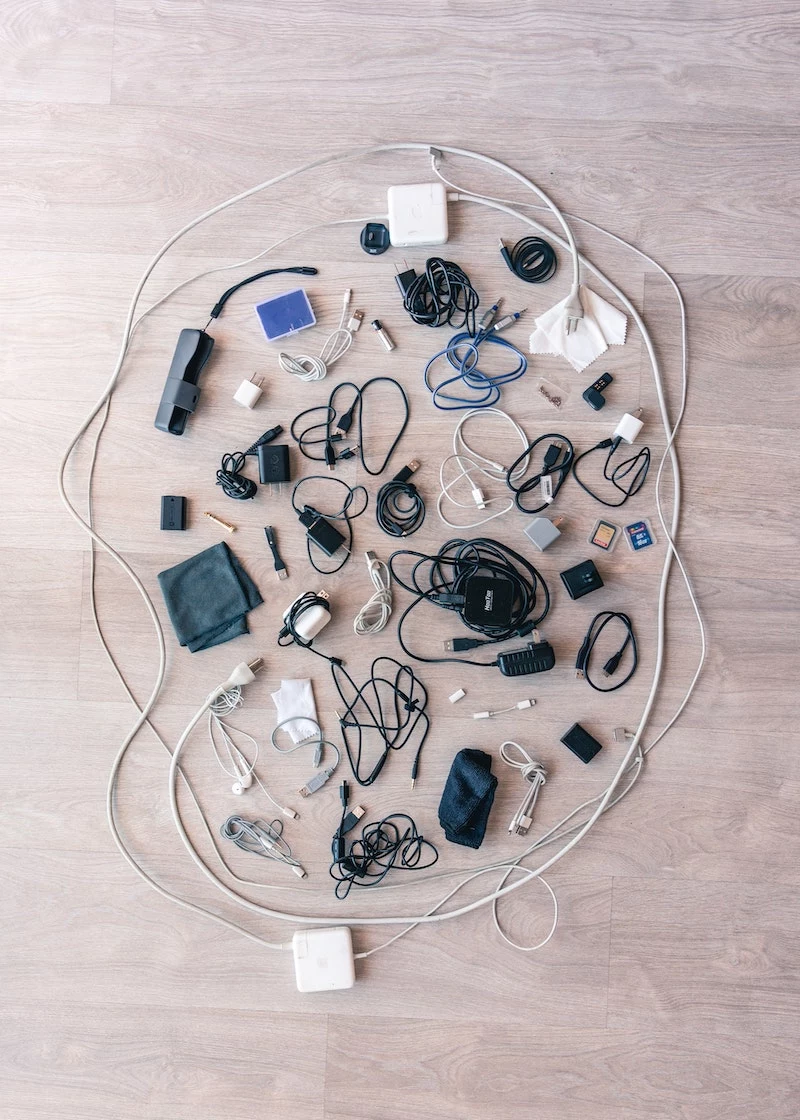
Hobby Graveyards
The half-finished scarf, the expensive art supplies… this is ‘aspirational clutter.’ It represents a version of ourselves we wanted to be, and seeing it can bring on feelings of failure. Here’s a simple rule: if you haven’t touched a hobby in two years, it’s time to be honest. Is it still bringing you joy, or is it just a source of guilt? Pack up the supplies and donate them to a school or community center. Let your past passion spark a new one for someone else.
The Final Layer: Releasing Negative Energy
Some things aren’t messy or broken, but they carry a heavy energy. They tie you to a person, a time, or a feeling that you’d be better off without. Maybe it’s a gift from an ex, an outfit from a job you hated, or a souvenir from a difficult time in your life. These objects have no place in your sanctuary. Walk through your home and pay attention to how things make you feel. Letting go of these items is a powerful act of self-care. You are declaring that you are in control of your story. Choose peace. Choose the present.
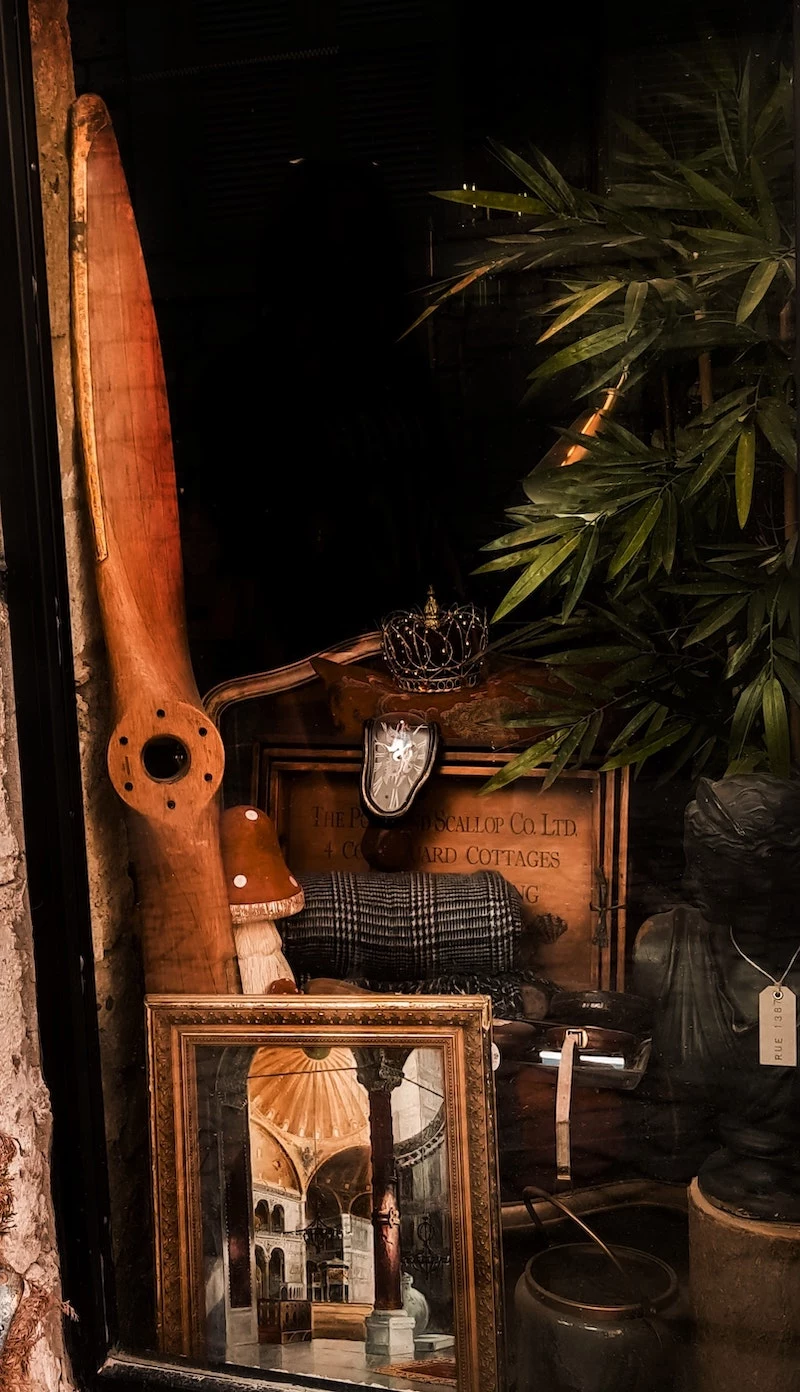
Keeping the Clutter from Creeping Back
Great job! But decluttering isn’t a one-and-done project; it’s a new way of living. To keep your newly reclaimed space, you need a few new habits.
- The One-In, One-Out Rule: This is the golden rule. For every new non-food item you bring home, a similar item has to leave. New sweater? An old one goes in the donation bag.
- The 10-Minute Tidy: Every evening, spend just a few minutes putting things back where they belong. It prevents small messes from turning into overwhelming piles.
- A Permanent Donation Station: Keep a bag or box tucked away in a closet. As you come across things you no longer need during your week, toss them in there immediately. When it’s full, drop it off.
A Quick Note on When to Call for Help
This advice is for managing everyday clutter. It’s not a treatment for hoarding disorder, which is a complex condition that requires a team of professionals, including therapists. If you can’t use rooms for their intended purpose (like cooking in the kitchen), feel extreme anxiety at the thought of discarding anything, or if your clutter creates unsafe conditions, please seek help. The International OCD Foundation is a great place to find resources. Asking for help is a true sign of strength.
For everyone else, remember to be kind to yourself. This mess didn’t happen overnight, and it won’t disappear overnight. Start small, celebrate your progress, and trust the process. You’re not just clearing your home; you’re making space for your future.
Inspirational Gallery
A study from the Princeton University Neuroscience Institute found that a cluttered environment restricts your ability to focus and process information.
This isn’t just a feeling; it’s brain science. Every object in your line of sight competes for your attention, creating a measurable cognitive load. Clearing your physical space, particularly your workspace, literally frees up mental resources, allowing for deeper concentration and less anxiety throughout the day.
Struggling with sentimental items you just can’t toss?
You don’t have to. The goal isn’t to erase your memories, but to honor them without being buried by them. Designate a single, beautiful ‘memory box.’ If it doesn’t fit, it’s time for a tough choice. For bulky things like children’s artwork or old t-shirts, take high-quality photos and create a ‘memory book’ using a service like Chatbooks or Mixbook. You keep the love, but lose the bulk.
The Closet Hanger Trick: Turn all the hangers in your closet so the hooks face the wrong way. After you wear an item, return it to the closet with the hanger facing the correct way. In six months, you have a stark visual of what you actually wear. It’s a no-emotion, data-driven way to decide what can be donated.
- Creates an immediate sense of calm and order.
- Makes wiping down surfaces a 10-second task.
- Reduces the temptation to pile more things on top.
The secret? Your countertops are not storage. Invest in drawer organizers for utensils and wall-mounted magnetic strips for knives. By getting everything off the counter, you reclaim the kitchen’s primary workspace and create a powerful feeling of control.
Selling Online: Best for designer goods, recent electronics, or niche collectibles. Platforms like Poshmark or TheRealReal can yield cash, but require effort: taking photos, writing descriptions, and shipping.
Donating Locally: The fastest way to get items out of your house. Perfect for everyday clothing, books, and housewares. You get a tax receipt and the satisfaction of helping your community.
A good strategy is to create two boxes from the start to sort as you go.
Don’t forget to declutter your digital life. An overflowing desktop, a chaotic download folder, and thousands of unread emails create the same low-grade anxiety as a messy room. Spend 15 minutes unsubscribing from junk mail with a service like Unroll.Me, or organizing your phone’s photo library into albums. A clear digital space is the modern frontier of a quiet mind.
What about the ‘One-In, One-Out’ rule?
It’s one of the most effective habits for maintaining a decluttered home long-term. The principle is simple: for every new item you bring into your home (a pair of shoes, a book, a new mug), a similar item must leave. This forces you to consciously evaluate every purchase and prevents the slow, steady accumulation of more stuff.
A word on ‘Aspirational Clutter’: That pasta maker you’ve never unboxed, the set of oil paints still in the wrapper, the French grammar book collecting dust. These items represent the person you *thought* you would be. Letting them go isn’t admitting defeat; it’s an act of self-acceptance. It makes space for the hobbies and life you have *right now*.
Once you’ve cleared the clutter, the right containers are key to keeping it that way. Avoid opaque, mismatched boxes. Instead, opt for clear, uniform solutions like the stackable acrylic drawers from Muji or the versatile ‘Everything Bins’ from The Container Store. Seeing what you own prevents you from re-buying things you already have.










